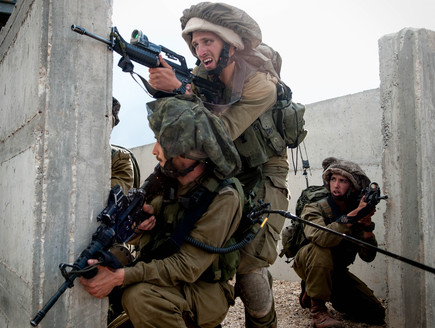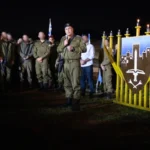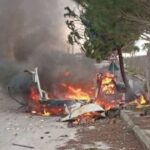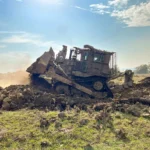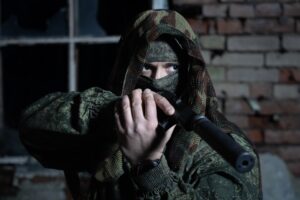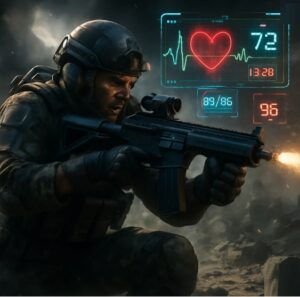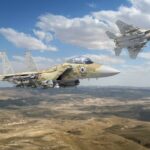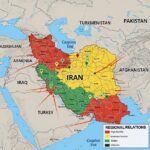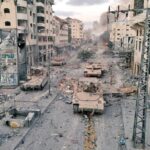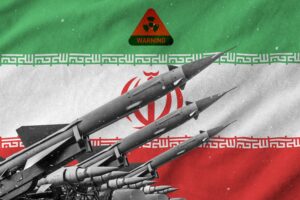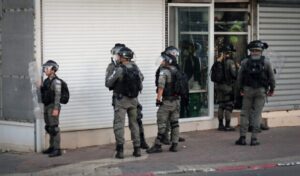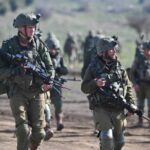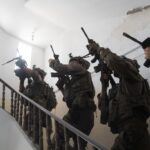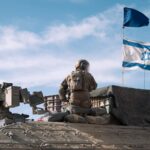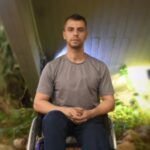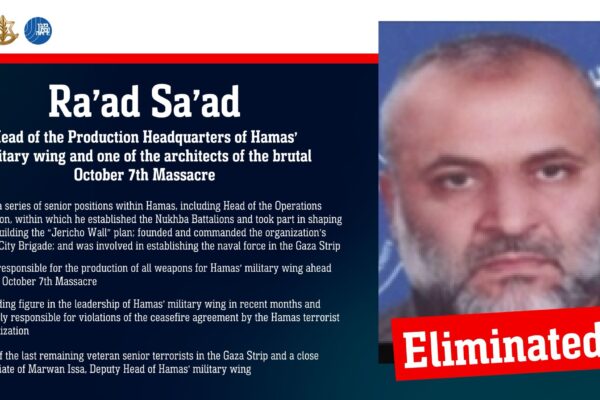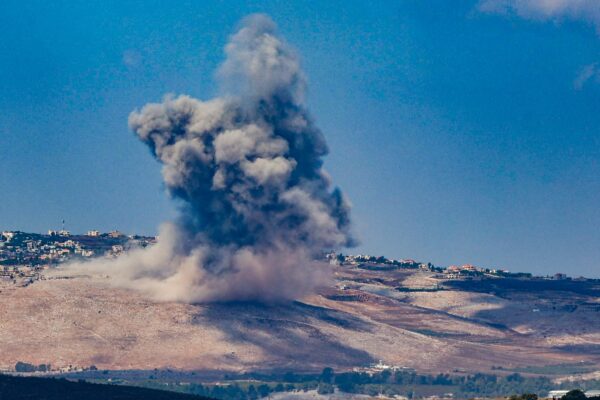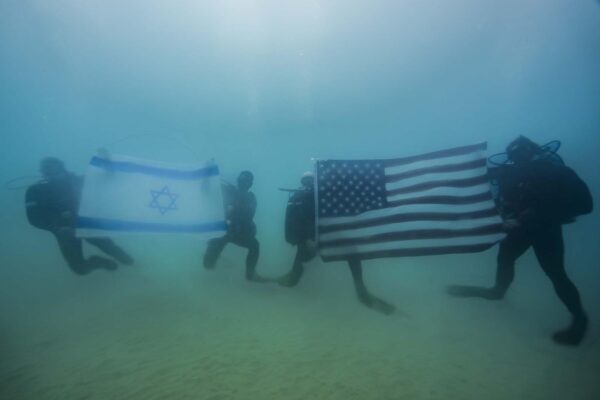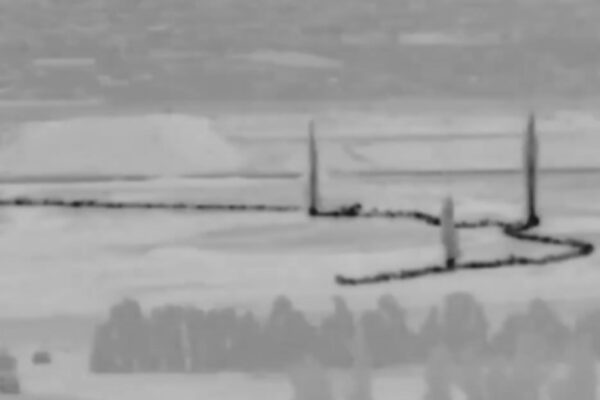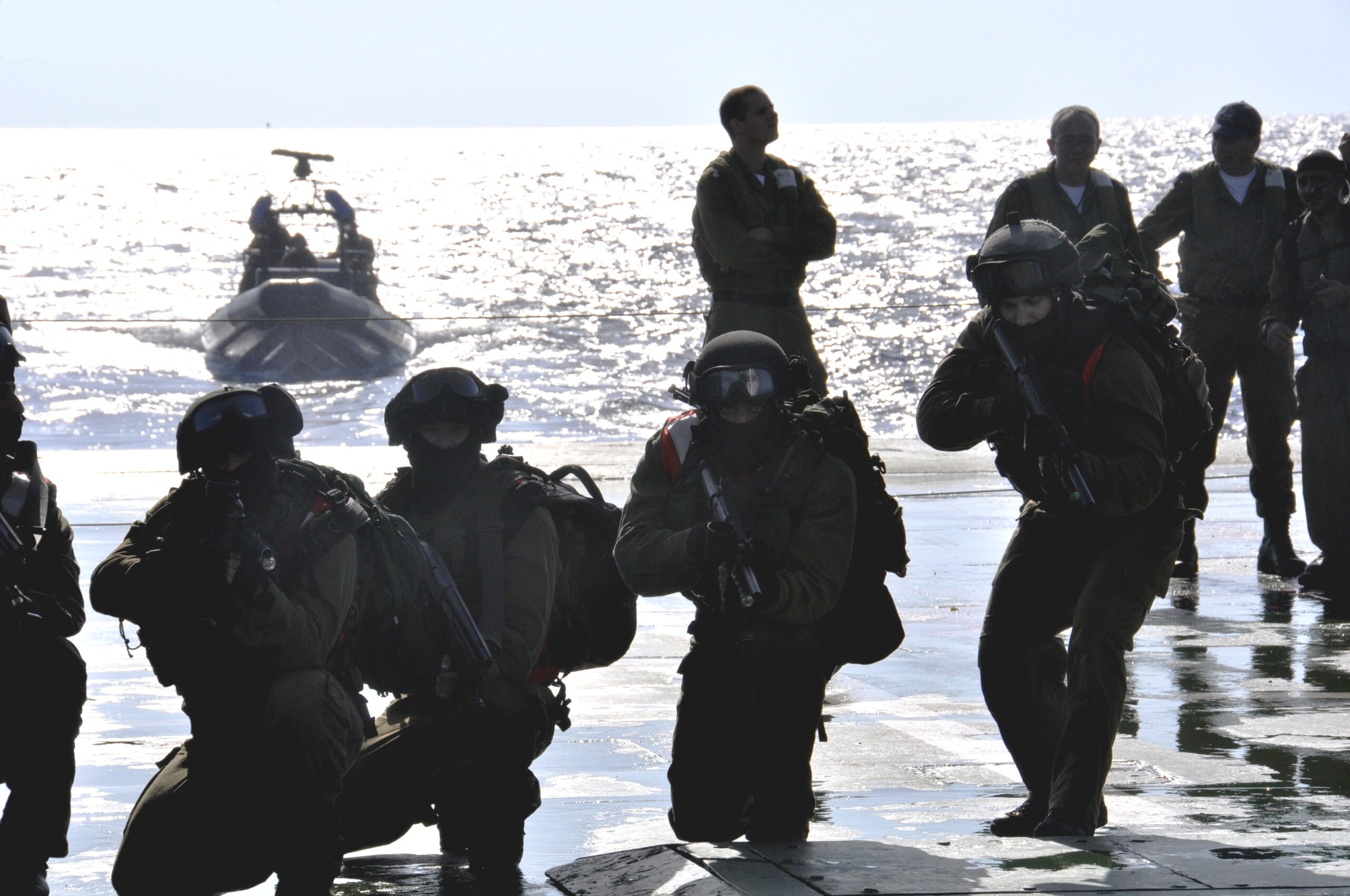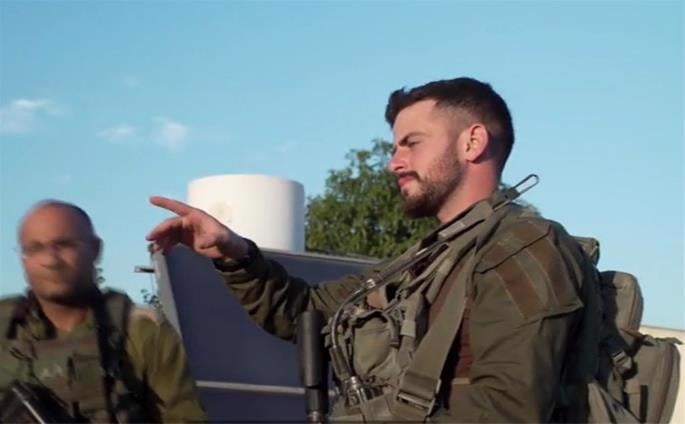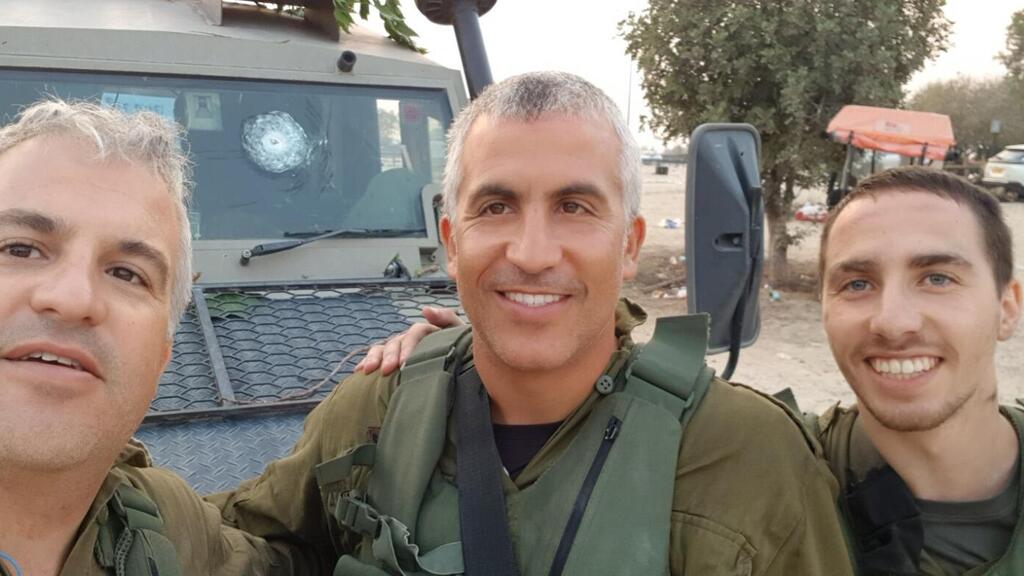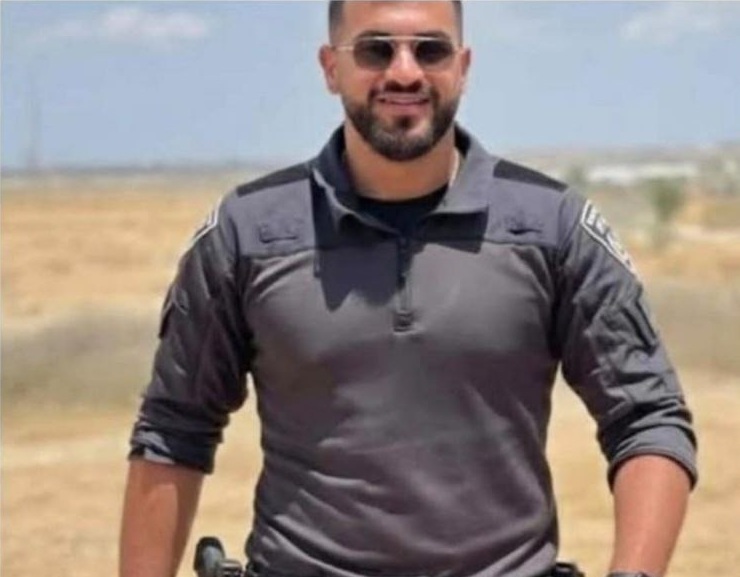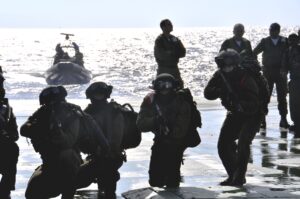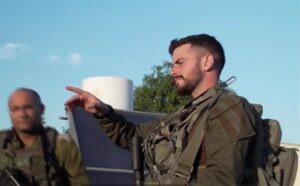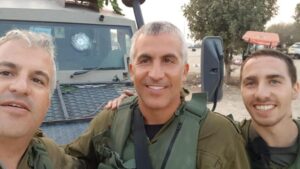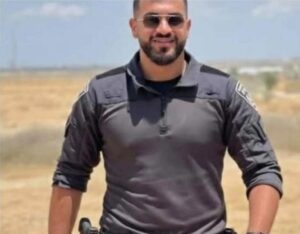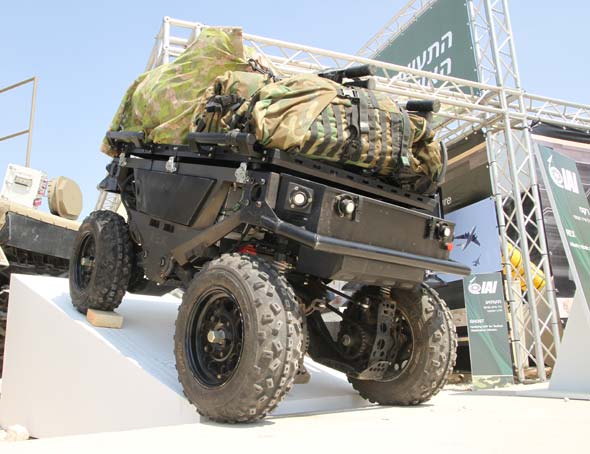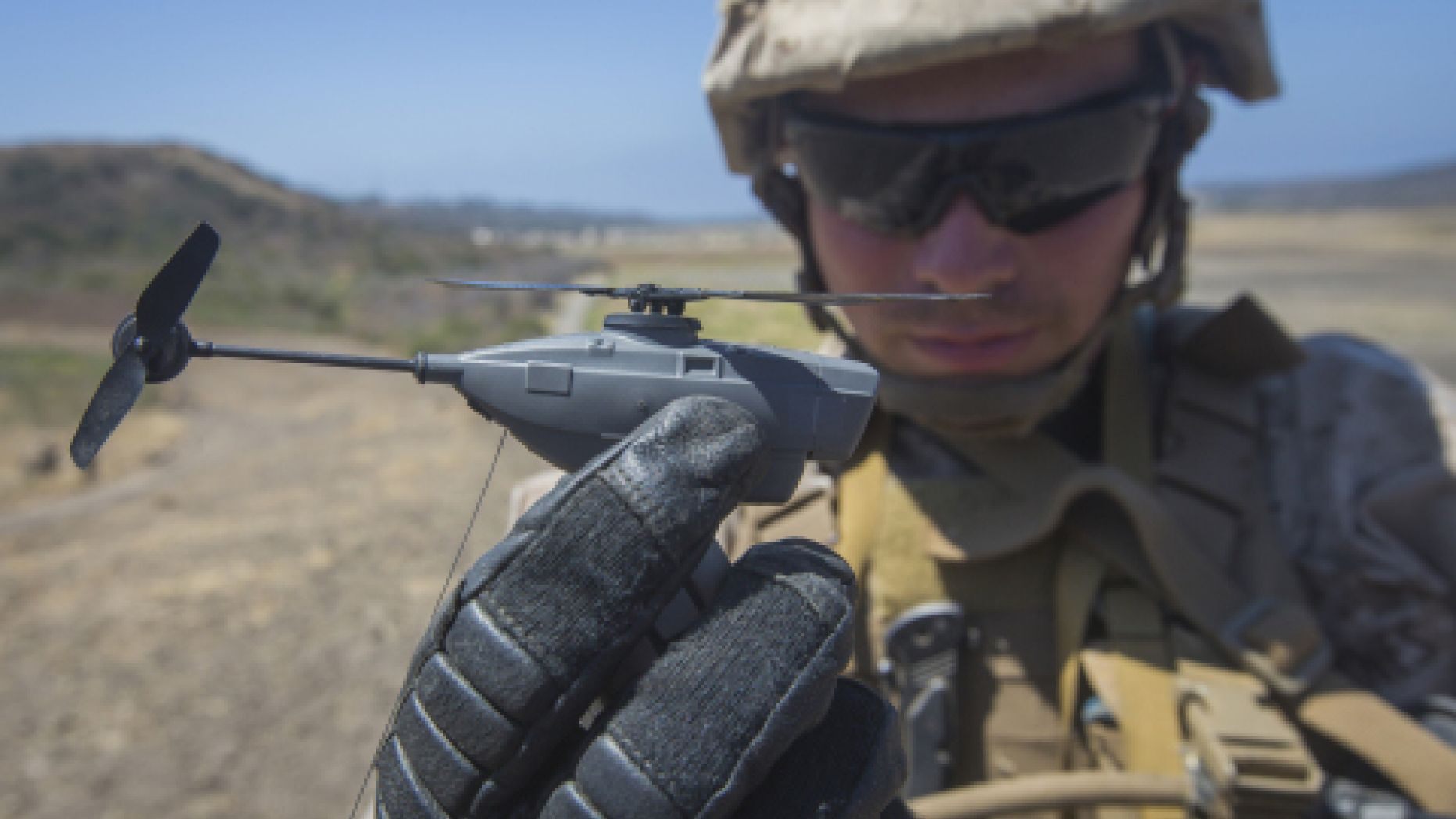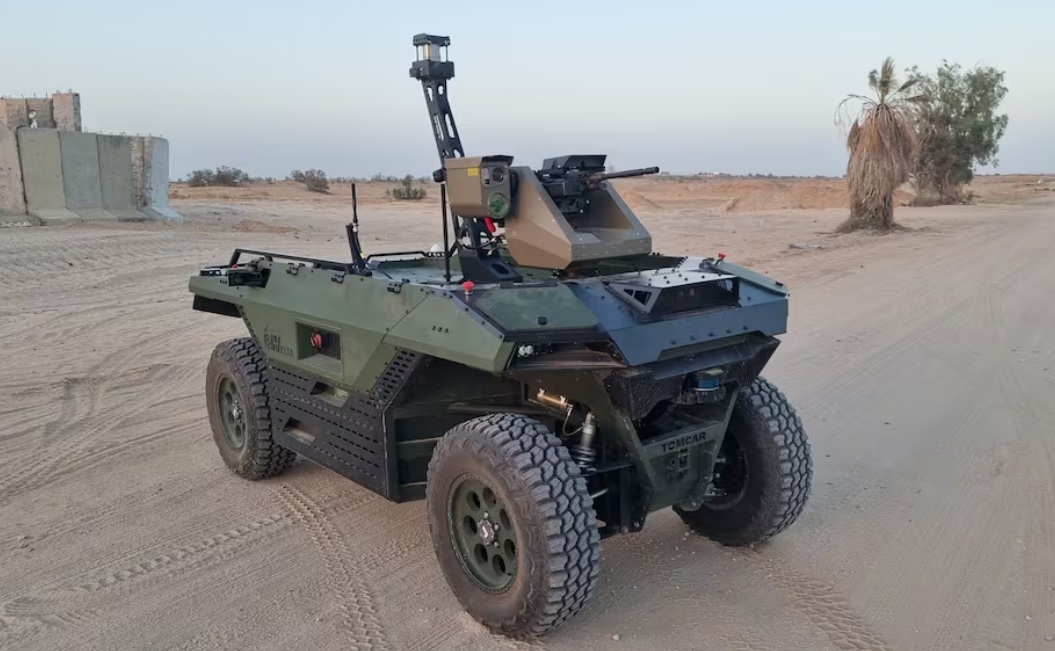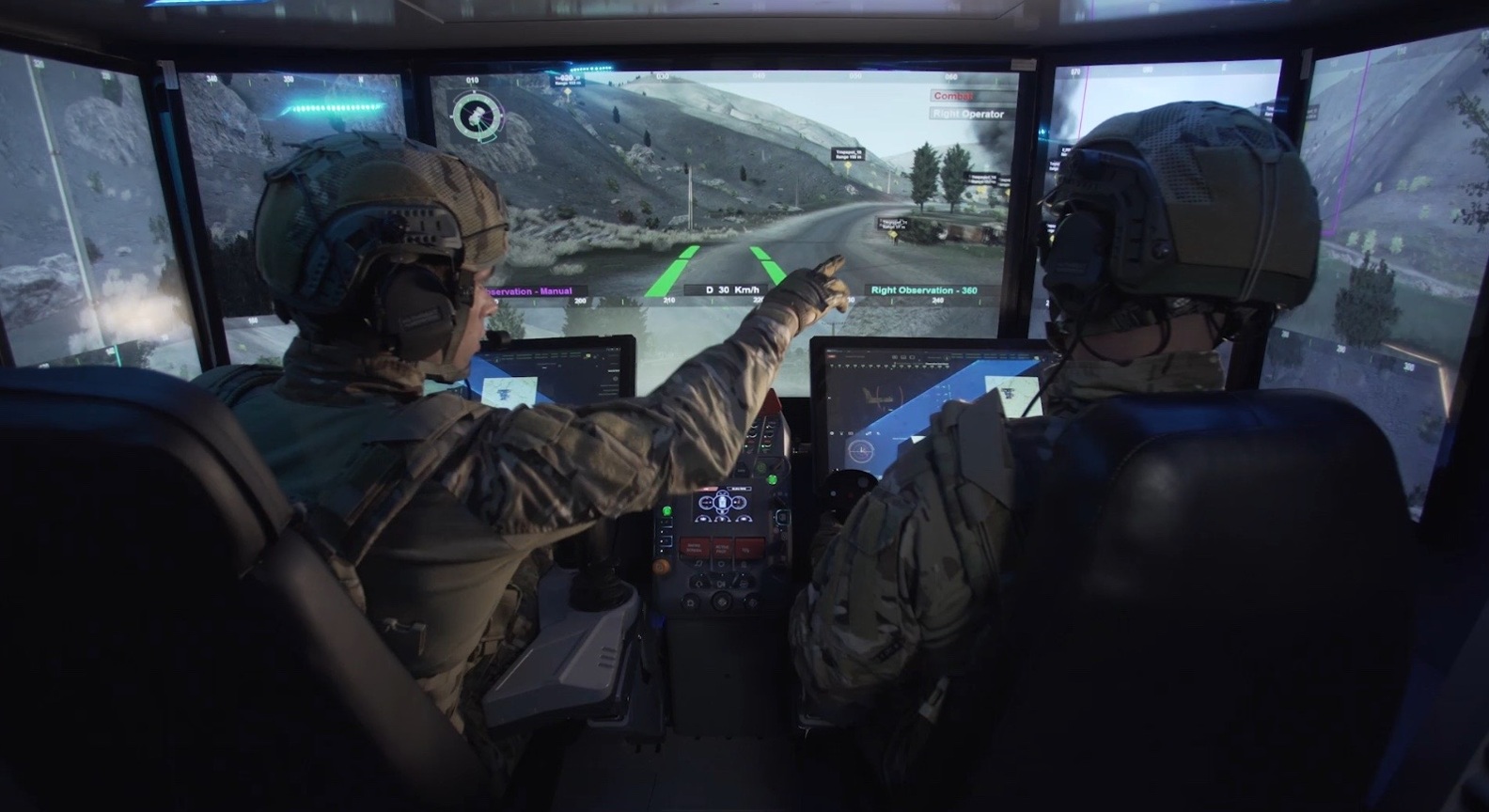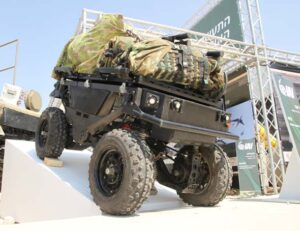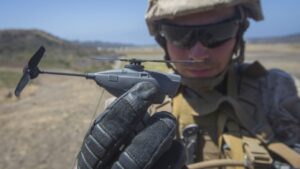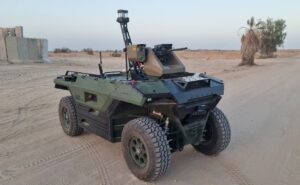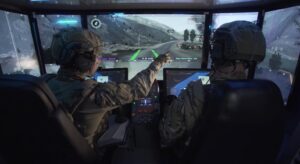Training takes place in a sprawling mock Arab town in the Negev desert complete with mosques, markets and apartment blocks.
By Hezy Laing
The IDF has developed some of the world’s most advanced and battle-tested urban warfare training programs, shaped by decades of experience in fighting within densely populated and complex environments such as Gaza, southern Lebanon, and Judea and Samaria.
Known in IDF terminology as lechima be’shetach banui (combat in built-up areas) this training is a core element for infantry, armored, and special forces units.
Urban combat presents unique challenges: combatants, civilians, and infrastructure are closely intertwined; movement is restricted by narrow streets, stairwells, and multi-story buildings; and threats can include ambushes, booby traps, and sniper fire.
The IDF’s doctrine emphasizes speed, surprise, and precision while aiming to minimize civilian casualties and unnecessary damage to infrastructure.
To prepare soldiers for these conditions, the IDF operates specialized training facilities.
The largest and most famous is the Baladia Urban Warfare Training Center, a sprawling mock Arab town in the Negev Desert complete with mosques, markets, apartment blocks, and tunnel entrances.
Smaller military operations in urban terrain sites exist across Israel, enabling units to rehearse real-world scenarios such as house-to-house clearing, counter-sniper tactics, and combined arms coordination under live-fire conditions.
The training covers a broad range of skills, including room clearing and building entry, close-quarters battle with live ammunition and simulation rounds, multi-story and underground combat, and coordination with Merkava tanks and engineering units for wall-breaching operations.
Increasingly, soldiers also train with drones for reconnaissance in tight spaces.
Civilian interaction protocols are a critical component, teaching troops how to distinguish combatants from noncombatants in chaotic conditions, while specialized instruction focuses on detecting and neutralizing improvised explosive devices and booby traps.
Realism is central to the program. Exercises often involve simulation munitions, role players acting as civilians or hostile forces, and the use of smoke, flashbangs, and amplified noise to recreate the confusion of battle.
Many drills are conducted at night or in low-light conditions, with soldiers wearing full combat gear and carrying heavy loads to simulate the physical strain of real operations.
While every combat soldier in the IDF receives urban warfare instruction, elite units such as Sayeret Matkal, Shayetet 13, and Duvdevan undergo extended courses with a focus on stealth, intelligence gathering, and hostage rescue.
This combination of realistic environments, rigorous training, and specialized tactics has made the IDF a global reference point for urban combat readiness.


